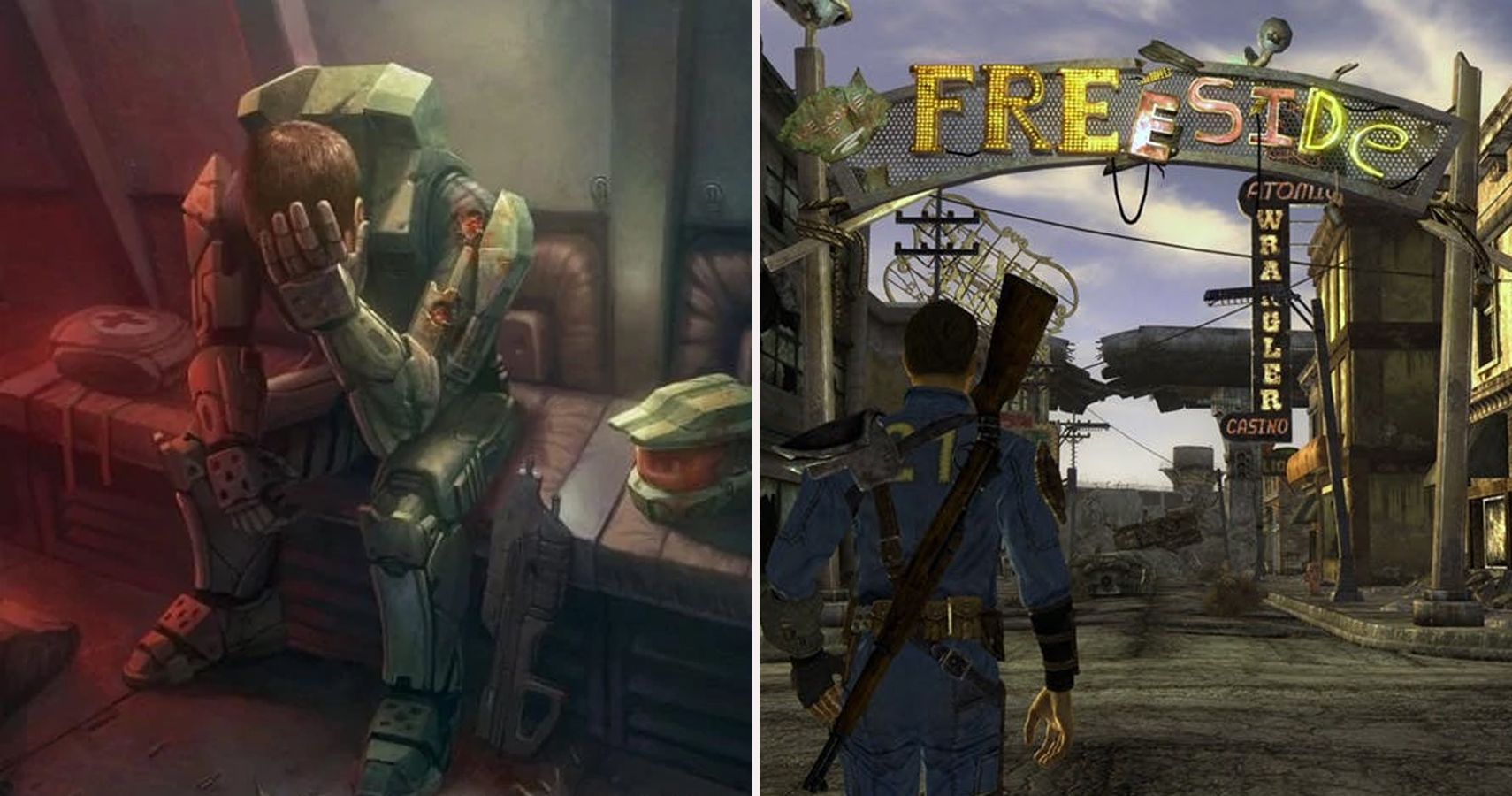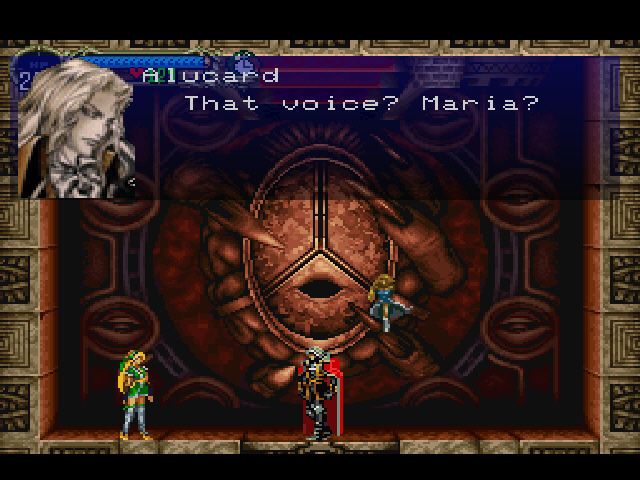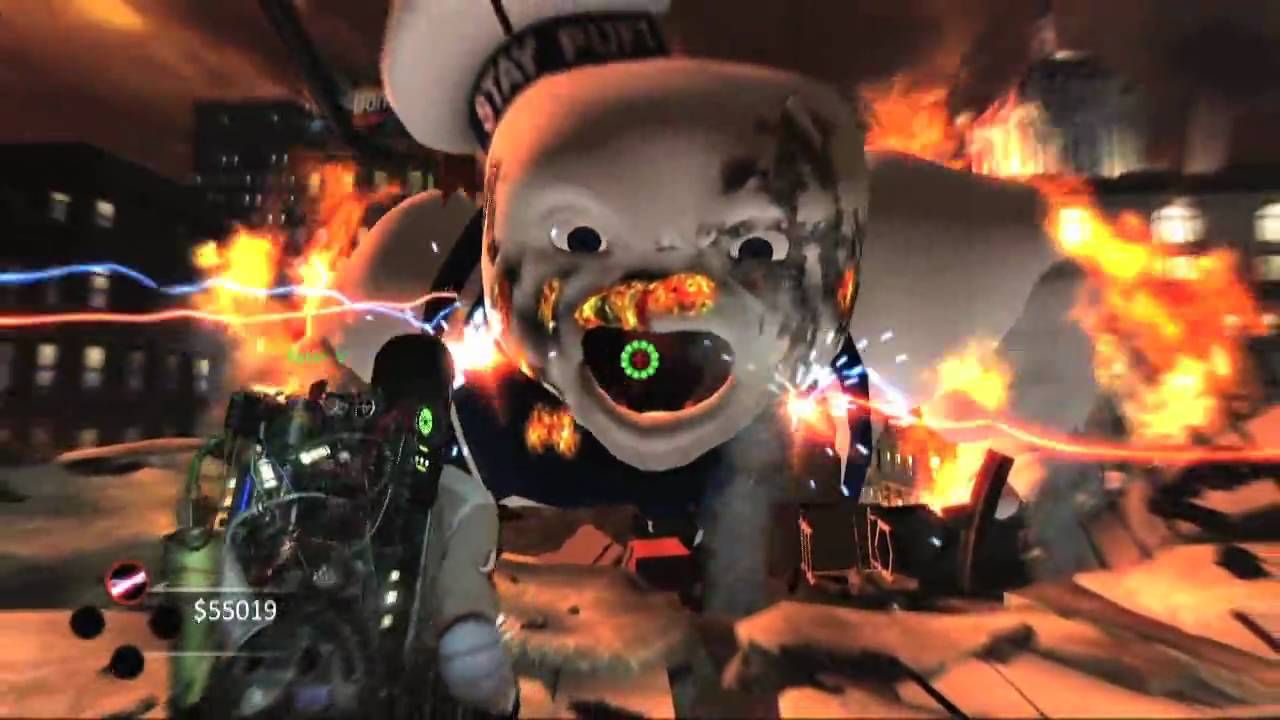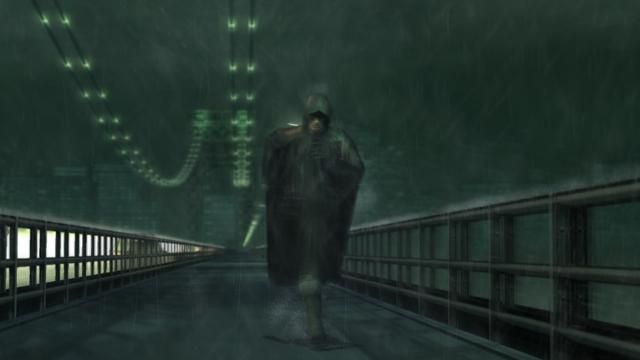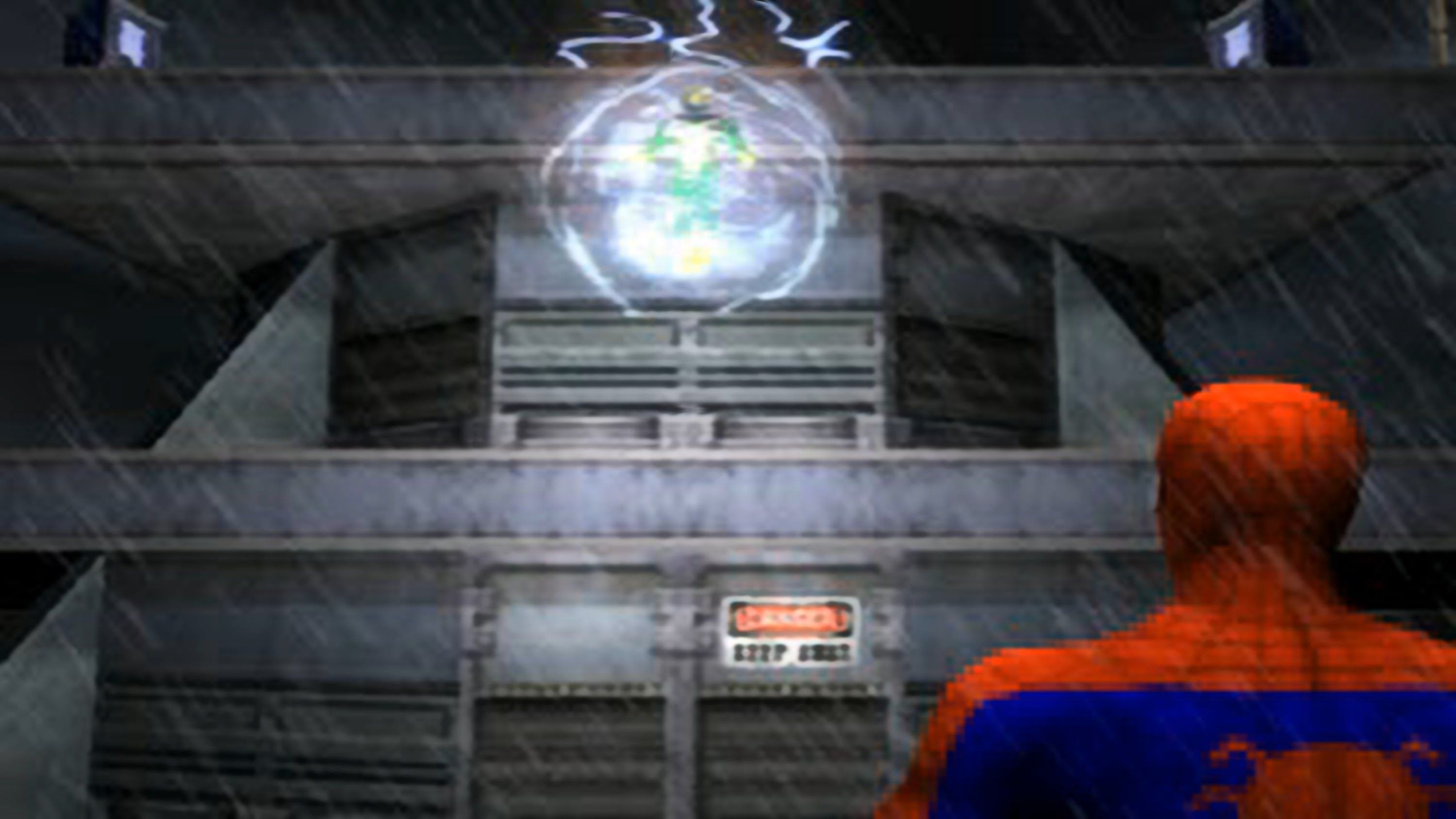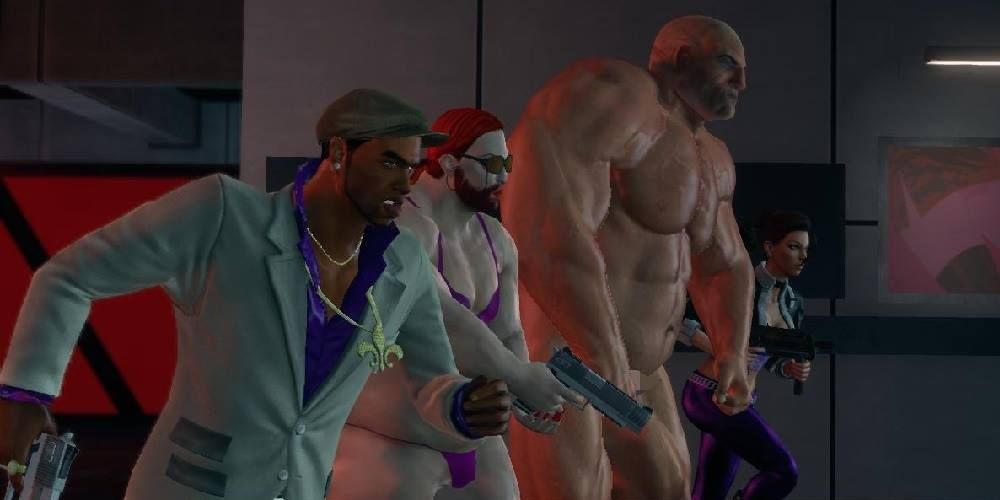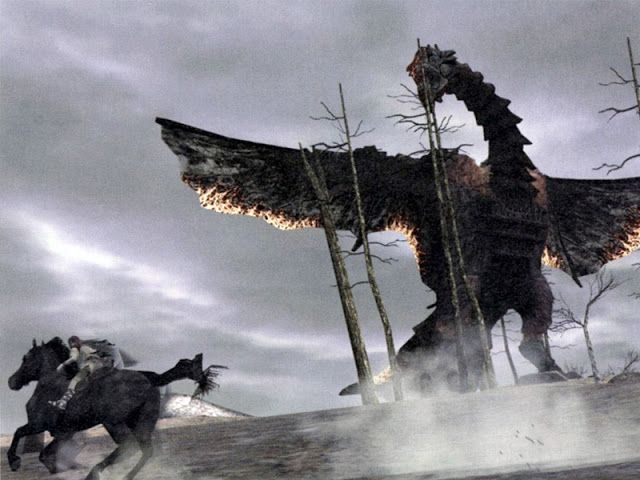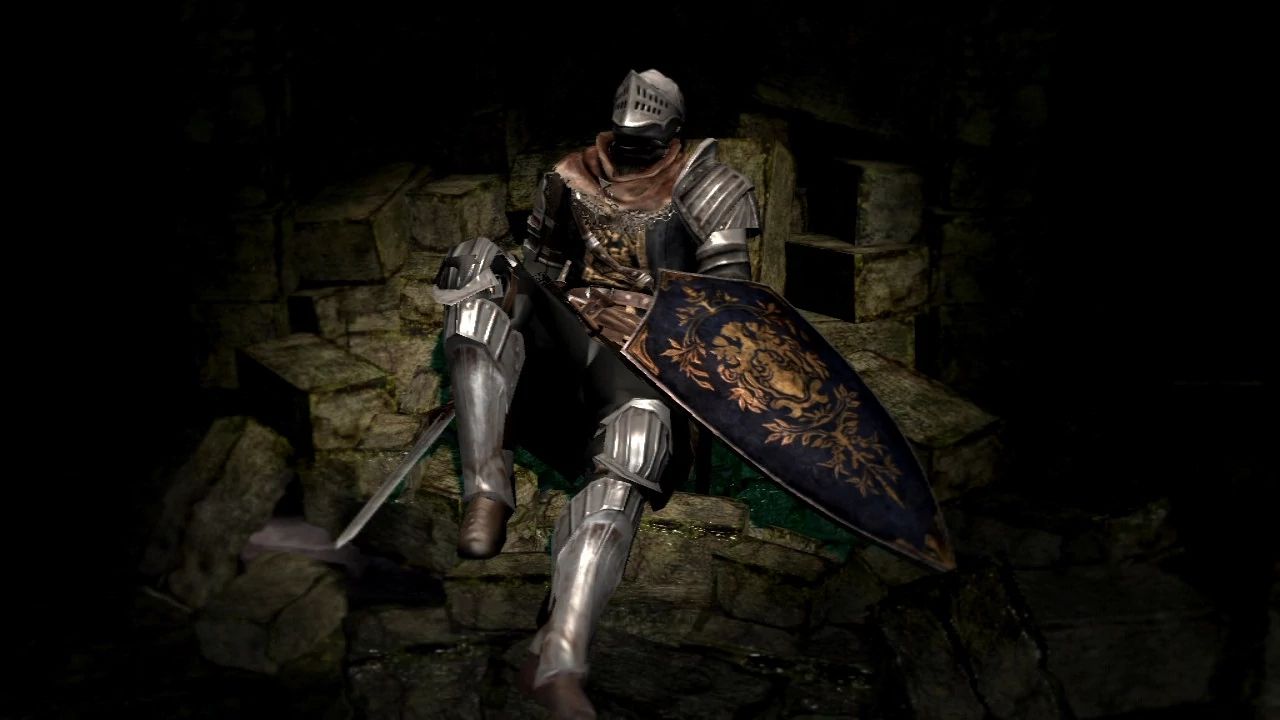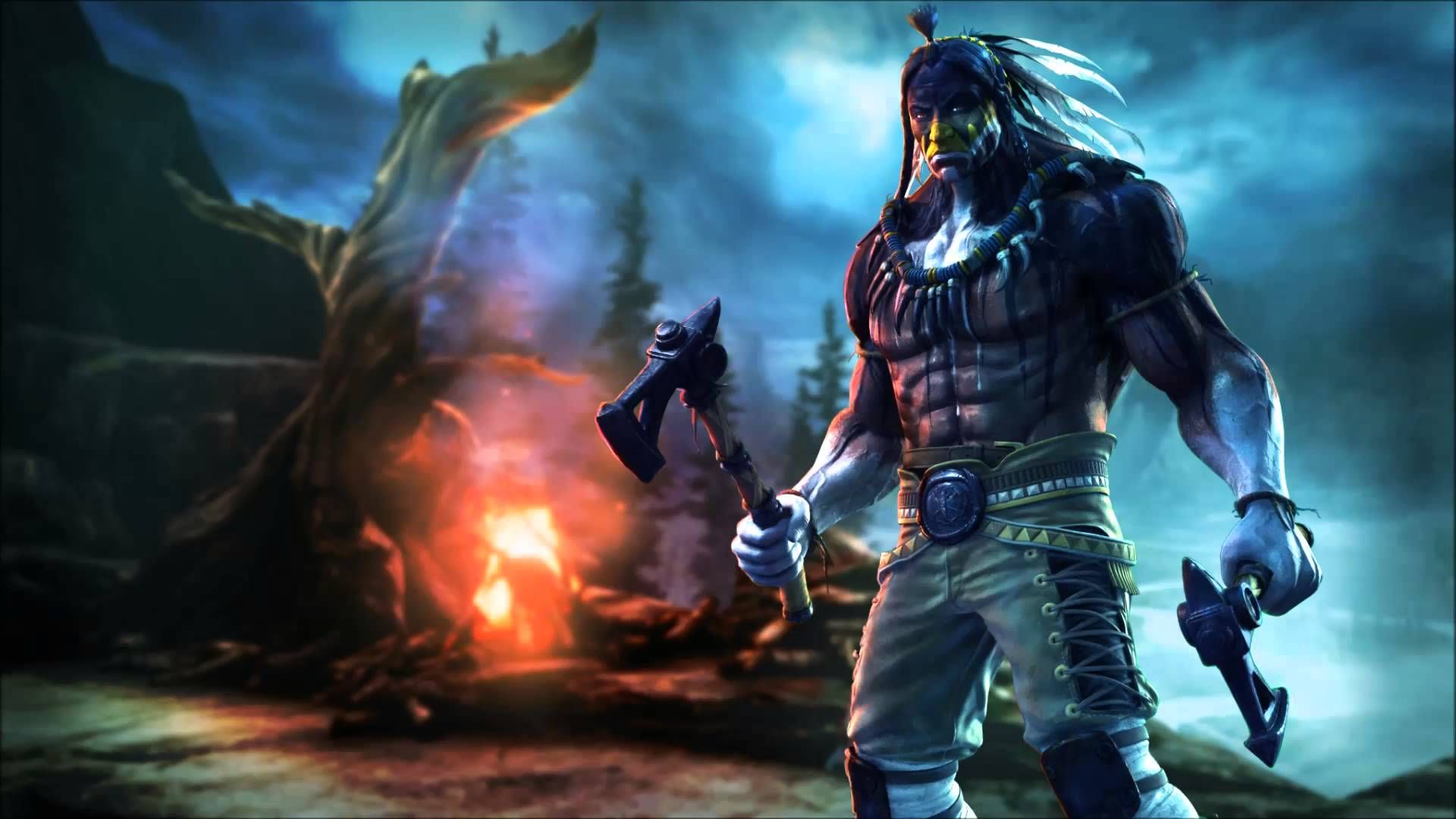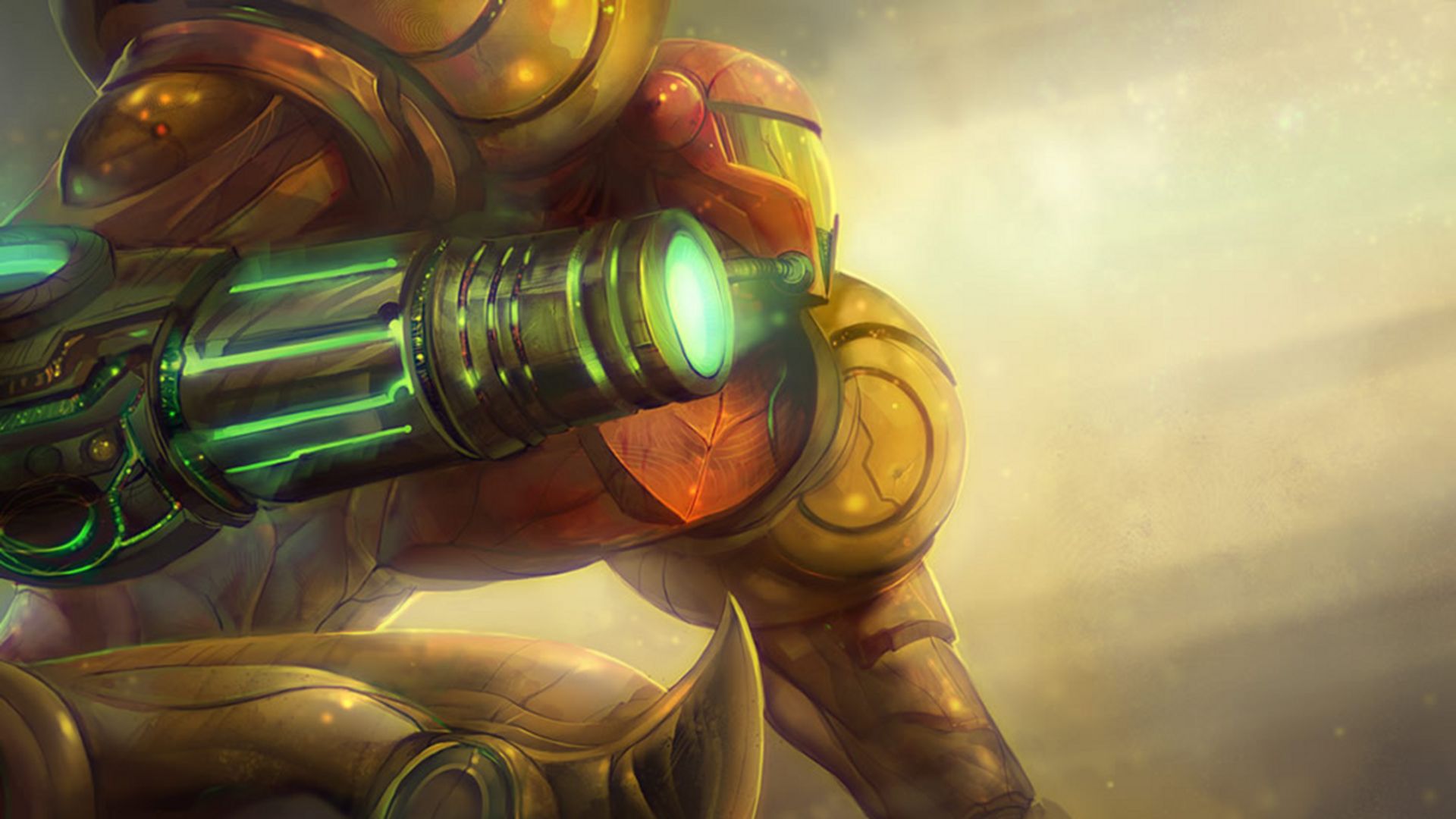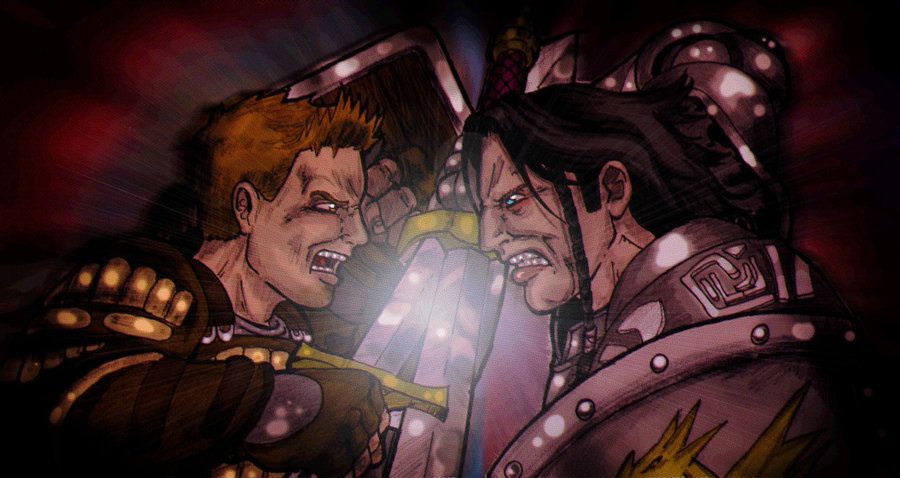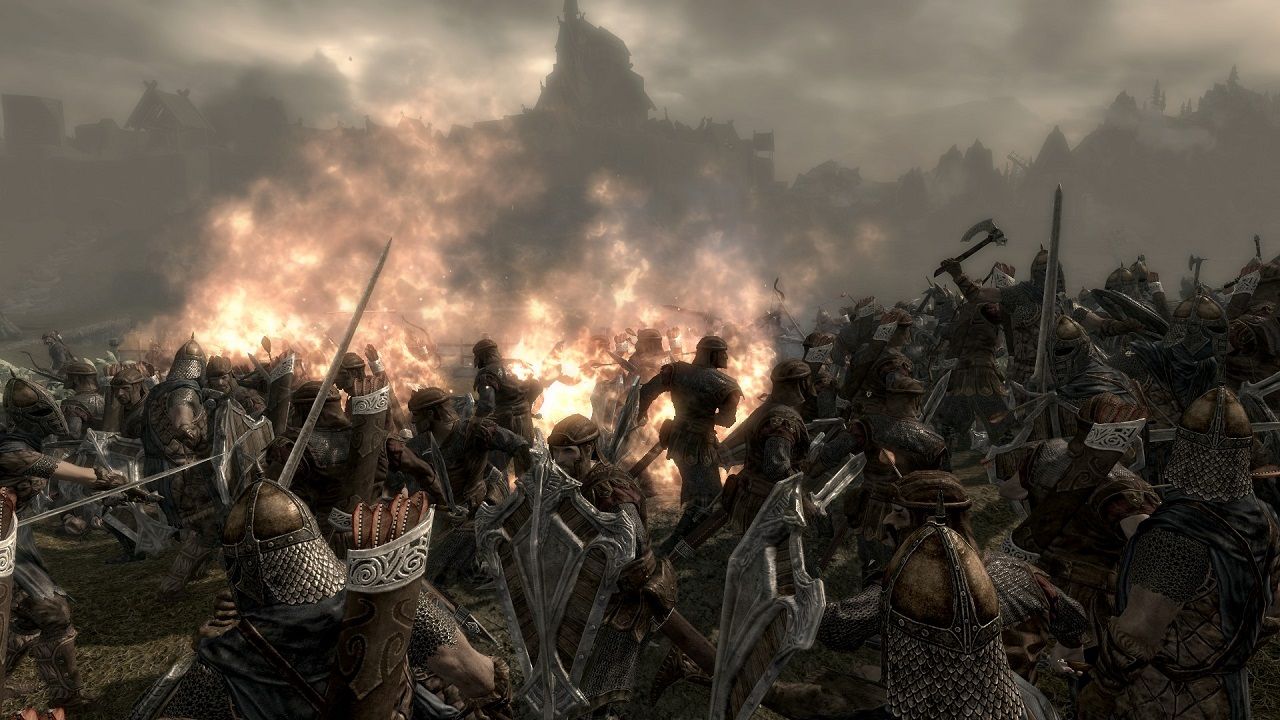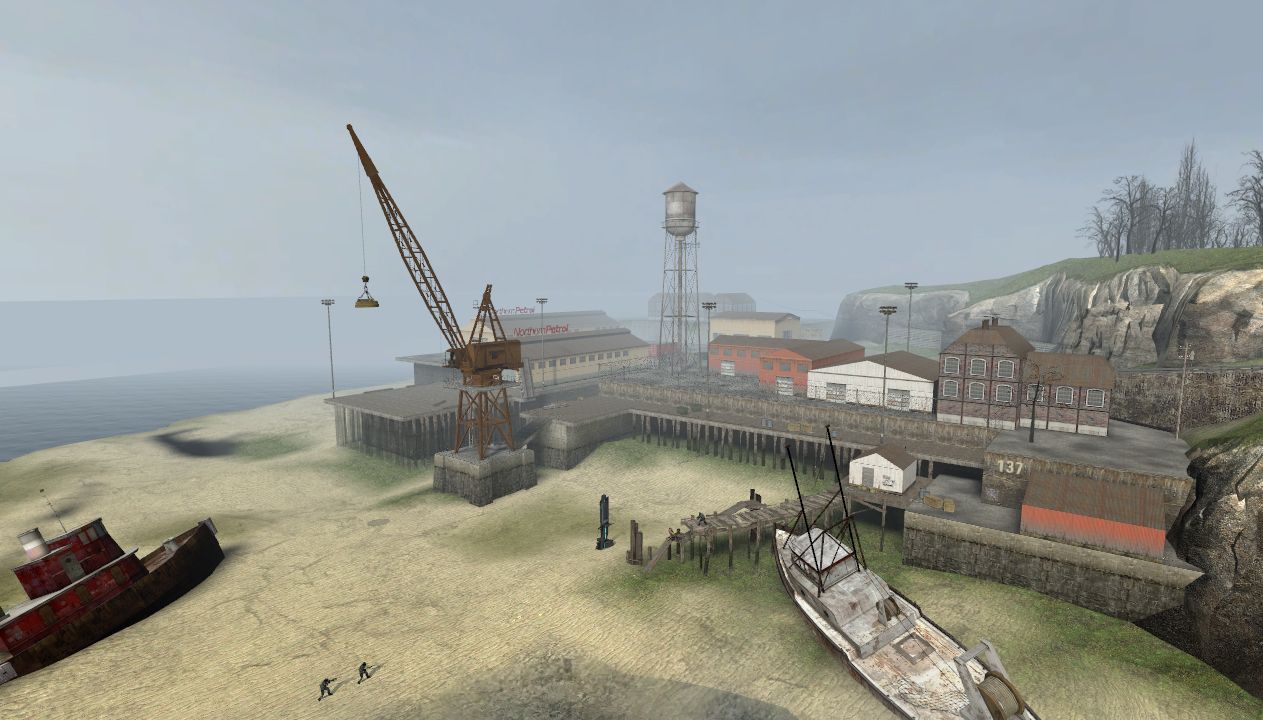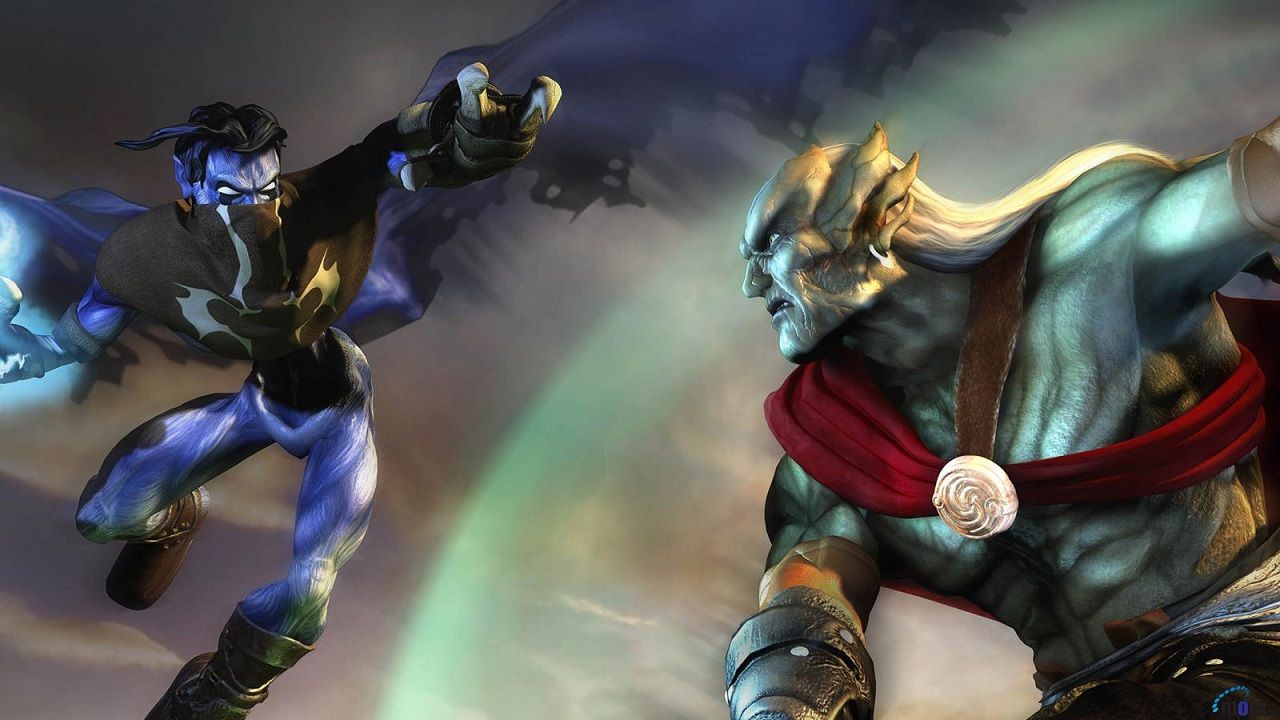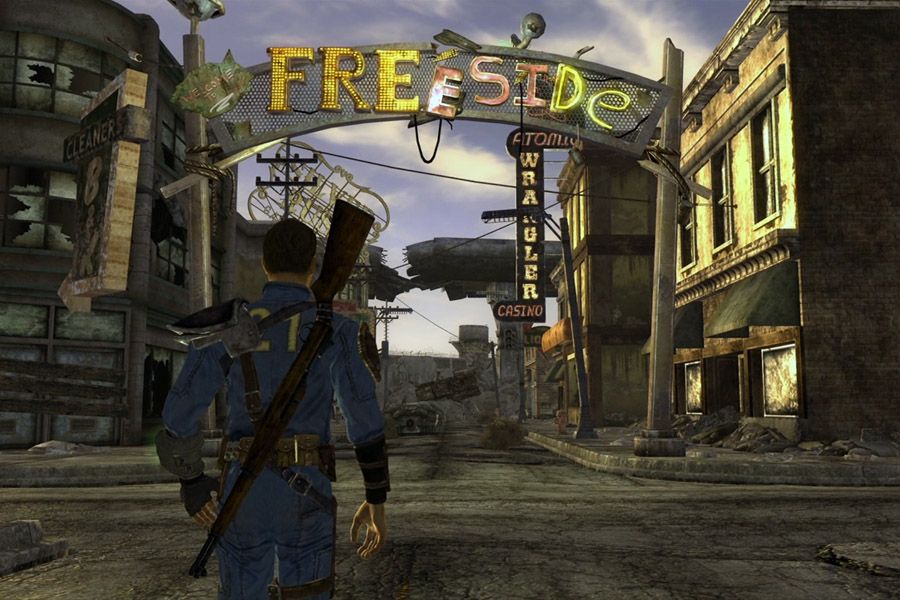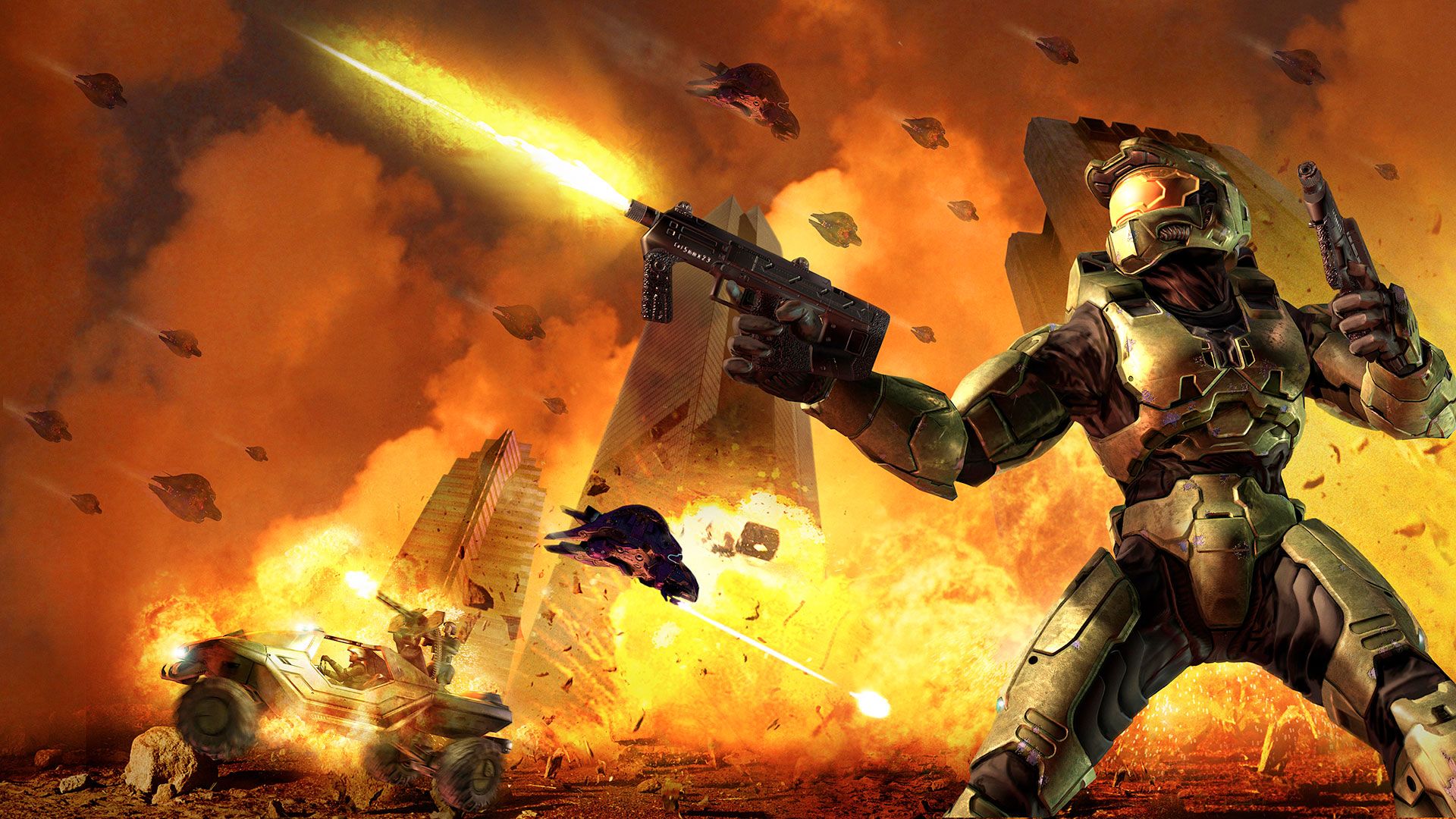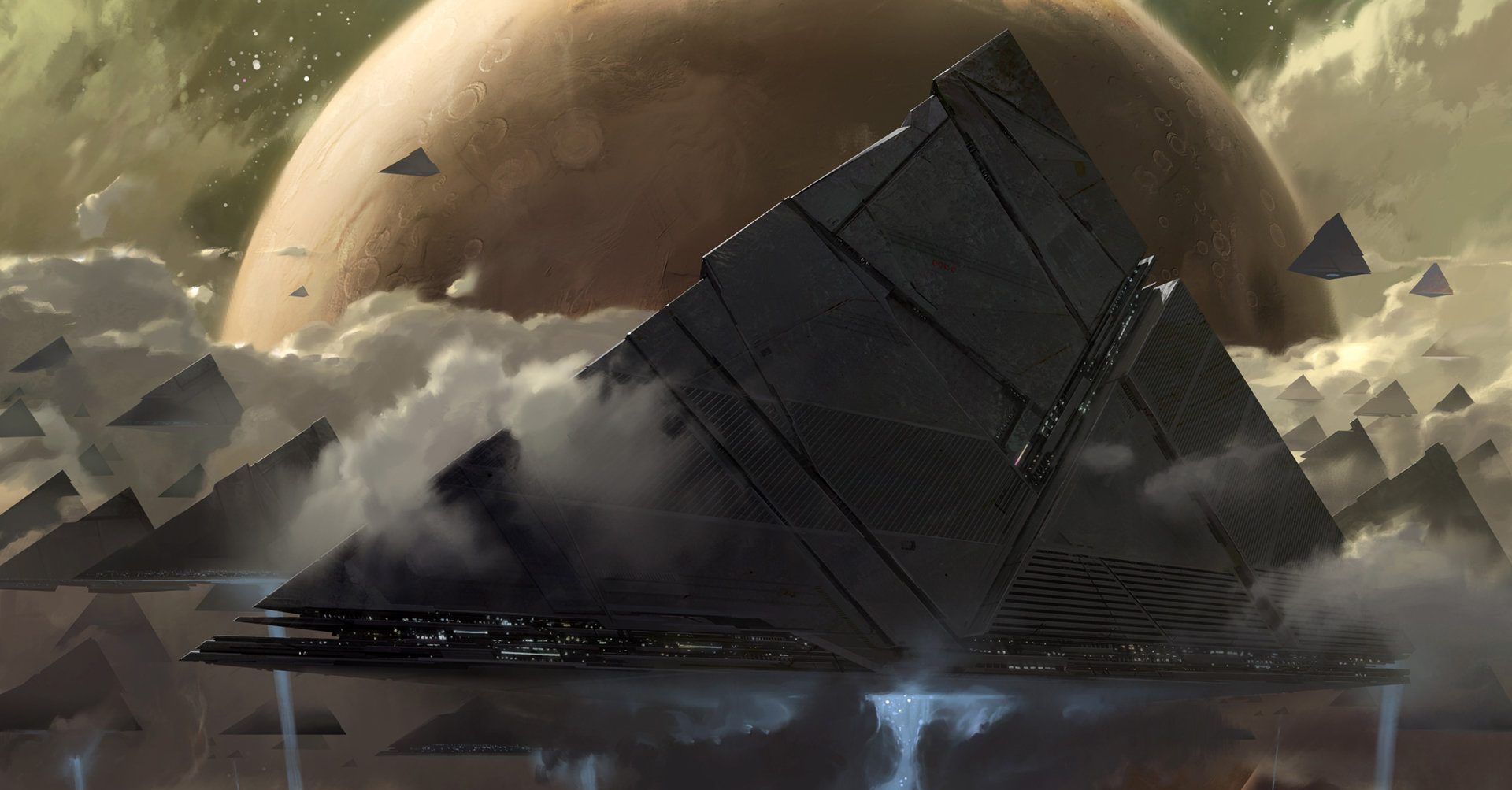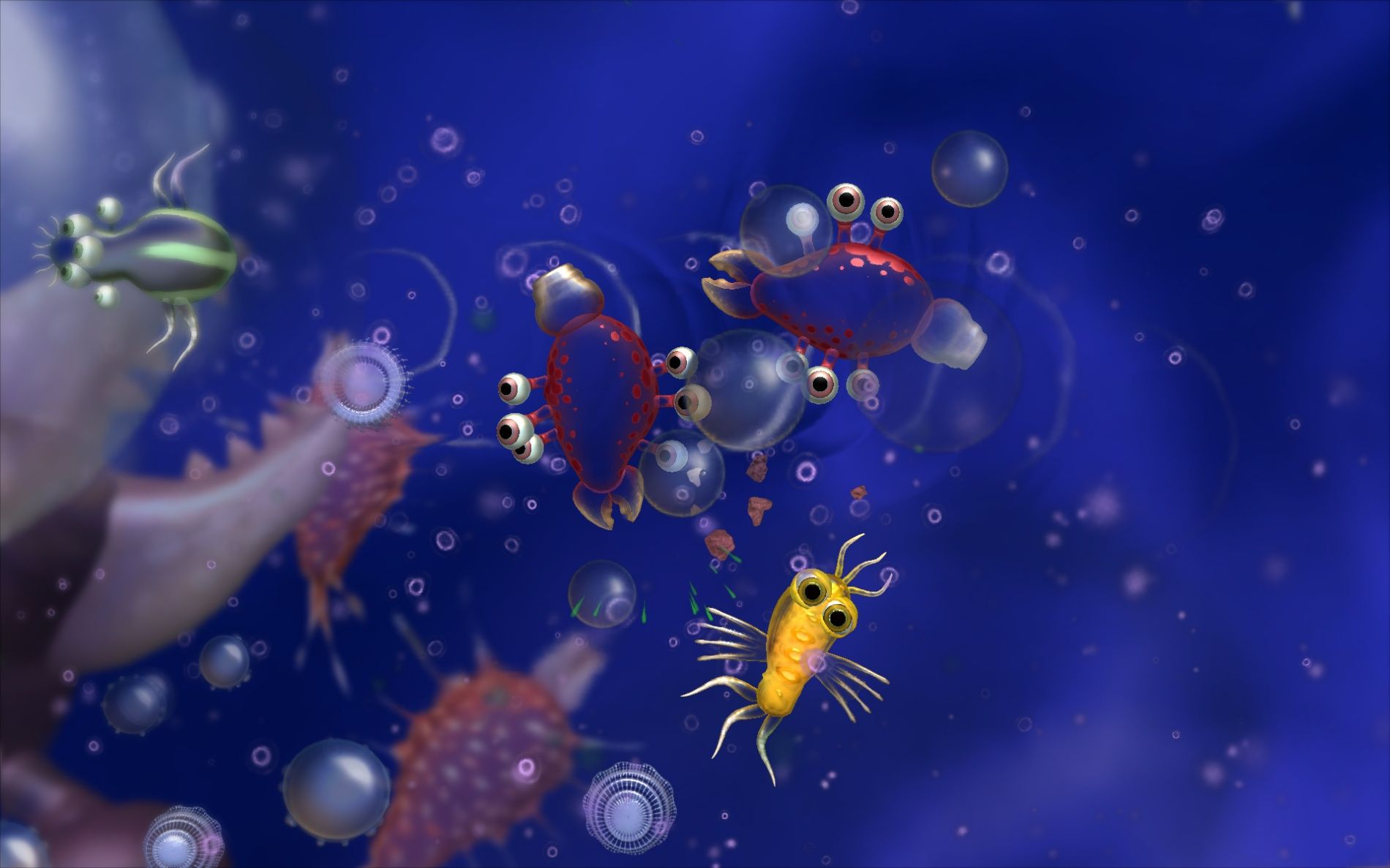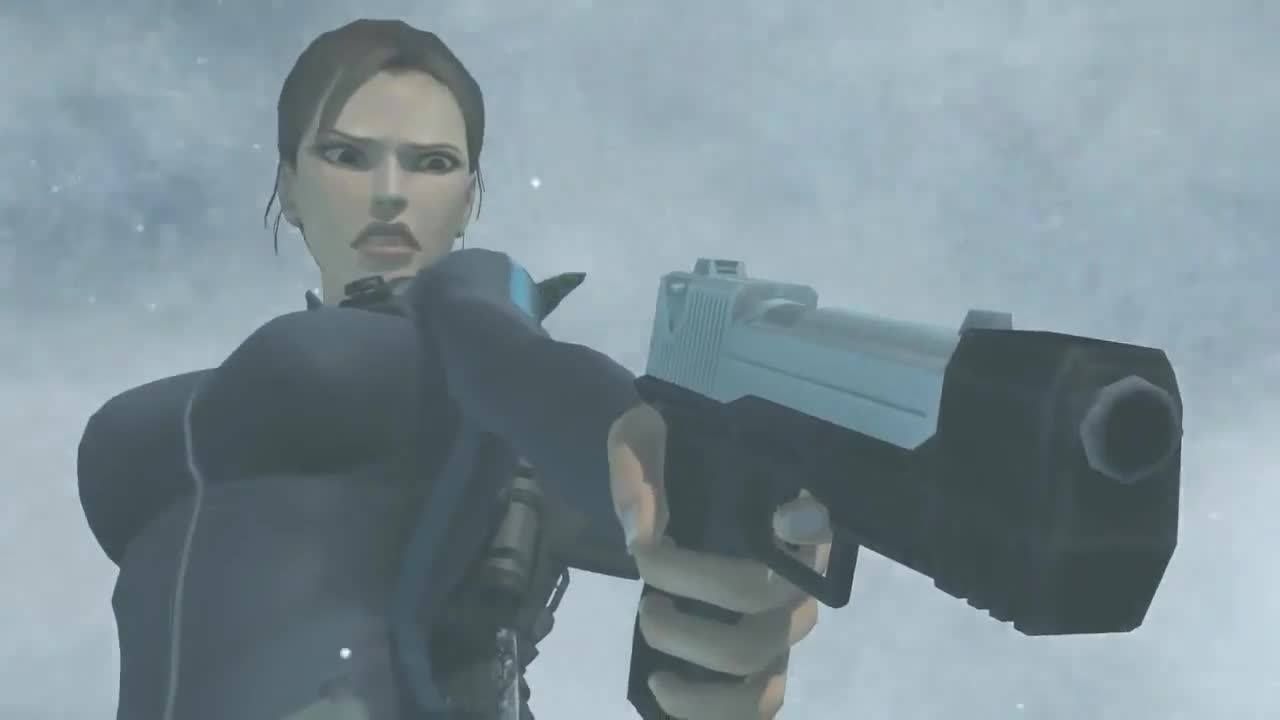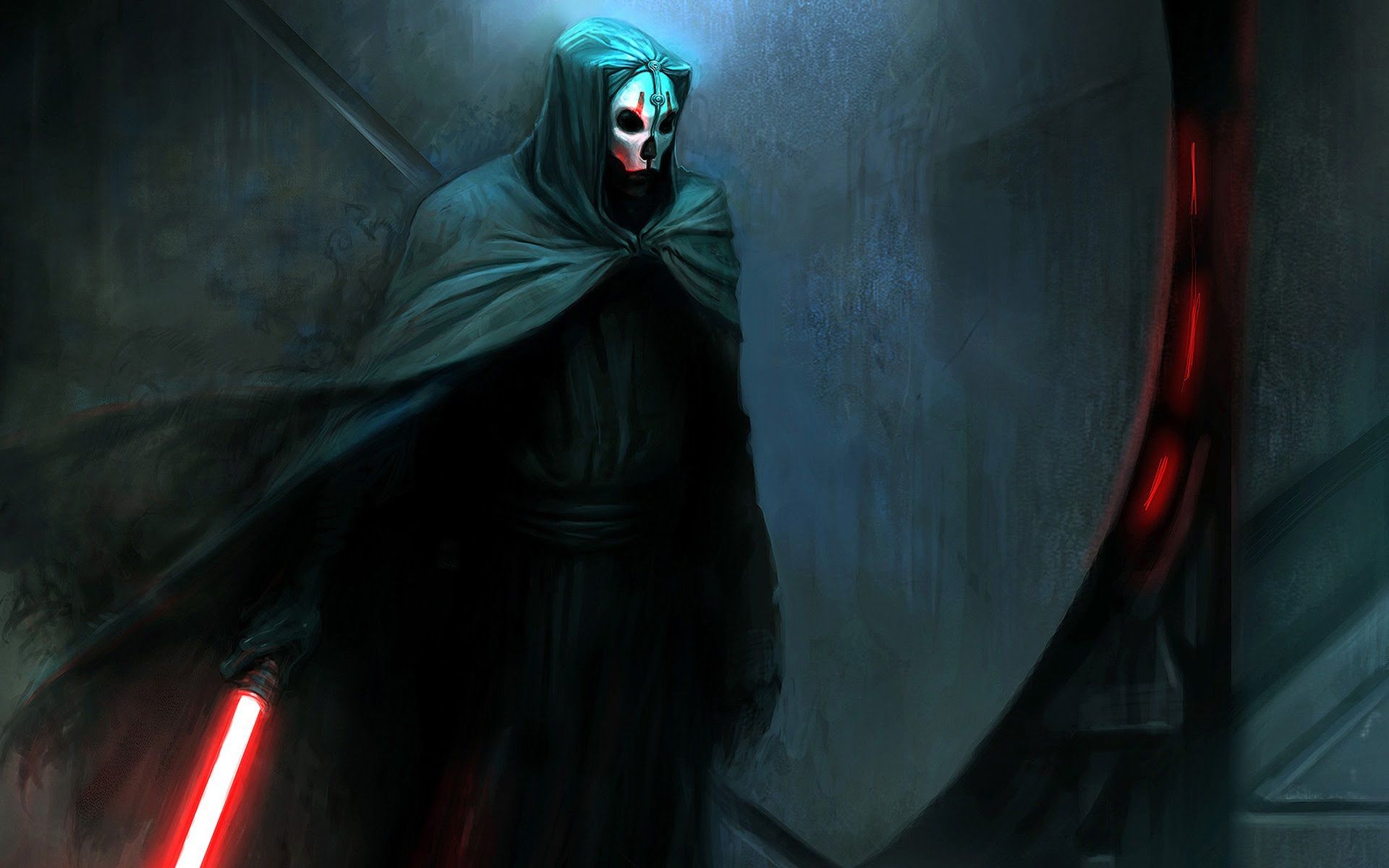Certain video game scenes are truly transformative. They stick with you long after the end credits roll. Many take players by surprise, defining the experience of a video game. Take the cutscene in which Aeris is kneeling and praying for Holy at the City of the Ancients. You know, that scene. The one in which an innocent, simple flower girl perishes at the hands of the villainous Sephiroth and all you can do is watch it unfold before your very eyes. The cutscene is impactful, and the cinematic angles and beautifully rendered soundtrack creates a masterpiece that forever lives in infamy among fans of the game. In fact, when a Japanese poll asked what gamers wanted to see changed in the Final Fantasy VII remake, nearly half said they wanted a storyline in which Aeris lives.
A good cutscene can create memorable in-game moments. A great cutscene can define a gaming generation. As such, there are some cutscenes that never quite make it to the end product. They’re often left on the cutting room floor. On some occasions, these edits are made because of creative licensing. And others because developers or the studio house doesn’t believe it works within the framework of the narrative. But these scenes have the power to make all the difference in a video game’s meaning.
Here are 20 examples of deleted scenes that completely changed a video game.
20 I Dreamed A Dream
Considered by many as a timeless gaming classic, Castlevania: Symphony of the Night is one of those games. Originally released for the NES and then revived on the Saturn, PlayStation, and Xbox Live Arcade, Symphony of the Night is of the rare instances in the franchise that the protagonist is not a whip-cracking Belmont.
Though the game has divergent endings, both good and bad, there’s a hidden ending that never made it to the final product. Unused audio file found by fans of the franchise indicates a cutscene in which Maria intervenes during the final Richter Belmont fight and becomes possessed by the evil priest Shaft. This would have resulted in Alucard fighting a possessed, evil Maria and lamenting both her and Richter’s passing afterward.
19 Who You Gonna Call?
Released in 2009 for all the major consoles, the Ghostbusters: The Video Game is fan service, pure and simple. Players get to act out all their favourite moments from the movie franchise in true interactive fashion. From running amok in hotels, libraries, and sewers, players discover somethin’ strange in their neighbourhood. The interactivity of Ghostbusters means they can bust ghosts a mere push of a button–and stay relatively safe away from the dangers of Stay Puft Marshmallow Man.
But a tech demo revealed a potential cutscene and level that didn’t make it to the end product. The demo showcases a level design in which the Ghostbusters wreck havoc through the streets of Macy’s Thanksgiving Day parade. Even the in-game mayor alludes to this level, stating that the wreckage happens in “his library, museum, and parade.”
18 Becoming More Politically Sensitive
The horrific events of 9/11 forever changed the landscape of one of the greatest cities on Earth. But the repercussions of those events were felt long after the devastating effects. The events of 9/11 changed key scenes and elements in movies such as Lilo and Stitch, Men in Black II, and Spider-Man.
They also had profound effects on the video game industry. Take Metal Gear 2: Sons of Liberty for example. The end game featured a battle sequence that depicted a Manhattan disaster. The game even featured an advanced AI computer system with the initials G.W. who contributed to the destruction of Manhattan, though that did stand for George Washington and not George W. Bush. 9/11 also had an impact on the game in other ways. In his original inception, Raiden’s name was to be written in Katakana script. This was later changed to Kanji, as Raiden’s name in Katakana could be read as Laden, as in Osama Bin Laden.
17 Flying Between The Towers
Sons of Liberty wasn’t the only game released nearly around the same time of the events of 9/11. Spider-Man 2: Enter Electro was released in August 2001, but was quickly pulled. It was a well-received game, so its reception wasn’t the reason for it being pulled from the shelves.
Rather, the original game featured the final boss fight against Electro to be slated atop the World Trade Center. Several cutscenes throughout the game also inferred to the two twin towers. When it was re-released and heavily edited, all mentions of the twin towers were removed from the cutscenes and Spider-Man now fought Electro on top of one building. In the first edition of the game, Spider-Man swung between both buildings to fight Electro complete with cutscenes.
16 Don’t Stop Believin’
The Saints Row franchise could be potentially seen as a parody of the Grand Theft Auto franchise. It features over-the-top action, hilarious cutscenes, and some of the most bizarre sandbox weapons available in a video game.
But according to the official strategy guide for Saints Row: The Third, several drafts were made of the game, resulting in many modifications throughout the storyline and cutscenes. One important subplot in Saints Row: The Third is the death of Johnny Gat. The original draft had Gat supposedly captured rather than killed. But one of the best cutscenes to be left on the cutting room floor was an alternate cutscene to the destruction of Stilwater bridge. In the original cutscene, the Saints do a “We Are the World”-style routine to raise funds in rebuilding the city. We can only wonder and hope as to what that would have looked like.
15 Colossus’s Day Off
As the spiritual successor and prequel to the much-beloved game Ico, Shadow of the Colossus had a lot to live up to. And live up to its hype it did. It received critical acclaim, was hailed as one of the best games of 2005, and was a prime example of how video games can be an art form.
But Shadow of the Colossus is half the game that it was intended to be. Its final released version features 16 boss fights, with the entire single-player campaign taking approximately 8-10 hours to complete. Developer Fumito Uedo though had a different approach. He originally wanted as many as 48 colossi to conquer. The PlayStation’s limited operating system cut that down to 24 bosses, with a further eight scrapped due to budgetary reasons. Just imagine all the amazing cutscenes and boss fights we could have had...
14 Praise The Sun
The first impressions that most gamers have of Dark Souls is that it’s soul-crushingly difficult. It’s migraine-hard and throw your controller at your TV difficult. But, it’s difficulty levels were a defining point in the love that the franchise received, and its strong cast of NPCs was all-too-important to the success and backstory of the game.
But the Dark Souls most gamers lament about features rather shallow backstories for its NPCs. Though, this was not always the case. Many backstories were left on the cutting room floor for many reasons. But they do expand on many important aspects of the game. Oscar of Astora had a more extensive backstory than what was given. So did Shiva of the East. Sadly, we never received those backstories. But as we were all too busy trying to avoid certain death, it didn’t really matter, did it?
13 Killer Endings
As most fight games have little in terms of story, most gamers don’t really care about these features. But for those who enjoy the immersive experience, these matter. When Killer Instinct II was released to the arcade, the game had more endgame cutscenes that the end product would have led you to believe. The limitations of technology at the time limited the ability for players to view these cutscenes. Originally, they were meant to play a larger role throughout the Story Mode of the game. In fact, many fighters in Killer Instinct required players to meet certain conditions to unlock these endgame cutscenes.
Some endings that couldn’t be implemented at the time includes TJ Combo being crowned as king, Sabrewulf being killed by aliens, and Spinal leading an army of skeletons.
12 The Fight That Never Was
Every new addition to Metroid’s library shows just how expansive Samus’ rogue gallery really is. Fighting space pirates, clearing levels full of metroids, and even avoiding deadly space floral and fauna, Samus clearly has a lot on her plate.
It would seem as no surprise then that there was supposed to be another major villain in her first 3D debut in Metroid Prime, released for the GameCube. Aside from the cyborg-enhanced Ridley, Samus was also supposed to go toe-to-toe with a three-dimensional version of Kraid, Samus’ other penultimate villain. Kraid and his boss level had been modelled and textured, complete with a cutscene. But his implementation in the game would have delayed its release, which resulted in him getting the axe. Probably for the best, as Samus already had her hands full.
11 The Road Less Traveled
Dragon Age is a series about choice. The decisions you make throughout each game has decisive impacts on the potential impacts you will have with your companions. Select the wrong response and you’ll be met with a cold shoulder. The right one leads to a night of adult-themed exploration.
But these decisions go beyond who crawls into bed with you. They also determine who stays and leaves your party as the game trudges forward. Take Alistair and Loghain Mac Tir for example. In Dragon Age: Origins, the player has to choose which companion they wanted to take. Either decision resulted in one member or the other leaving your party for good. But this wasn’t always the case. Before it was cut from the game, there was the possibility of keeping both characters. Just imagine the cutscenes that could have unfolded from that. And a rather unique ménage à trois.
10 The Civil War That Didn't Matter
A pivotal moment in the Skyrim game is the player’s decision of which faction to support; the Imperial Legion or the Stormcloaks. This brewing civil war eventually reaches its climax once the Dragonborn decides which side to support, resulting in significant changes that reverberate throughout the game. Jarls are displaced, towns are changed, and certain quests and locations become blocked or restricted.
But what players receive from the release Skyrim is only a portion of the intended gameplay for the civil war storyline. Originally, Bethesda had planned for a more complex civil war sequence than what was released. Large-scale battles were supposed to be implemented across all major towns and cut quests and scenes would have added a layer of complexity to the whole scenario. Sadly, we get none of this, though fans of the game have released mods that allow you participate in this Game of Thrones-style scenario.
9 We Don’t Go To Ravenholm
Considered by many to be one of the greatest shooters of all time, Half-Life and Half-Life 2 propelled developer Valve into the limelight. In fact, the demand for Half-Life was so immense that somehow, a large portion of the files in its Alpha stage was released to the public. Not only did this majorly delay the game’s release, but a lot of changes were required.
In fact, the original Half-Life 2 storyline was meant to be much more Orwellian. There were darker elements that were meant to be introduced into the gameplay, such as the draining of oceans by the Combine for minerals and the atmosphere to be filled with noxious gases. While we didn’t receive this seemingly cooler version of the game, we can all take solace in the eventual release of Half-Life 3.
8 You Call That An Ending?
If you’ve played throughout the main story campaign of Legacy of Kain: Soul Reaver and felt that the game left you wanting or the ending felt rushed, that’s because it did. That’s because former studio Eidos had previously planned a larger map and storyline. The game was intended to have 17 more areas to explore, with new NPCs, abilities, bosses, and important cutscenes. Unfortunately, this was not feasible at the time of its release and it was all left on the cutting room floor.
The original ending would have had a more conclusive resolution, with Raziel being imbued by Kain’s soul. This would have resulted in an immense final showdown with hordes of vampire that Raziel must overcome. Instead, we get a subpar ending of Raziel chasing Kain into a portal that leads to... the end credits. Pretty dismal when compared to the original idea for the game.
7 I Don’t Want To Set The World On Fire
The Fallout franchise is a reminder that war never changes. After all, it’s original release in 1997 has paved the way for some great games through the series’ lifespan. These games have met commercial success with some going on to win numerous awards. Indeed, war never changes. But original storylines do.
Fallout: New Vegas transitions the action away from the Capital Wasteland back closer to its roots, the Mojave Desert. What many players don’t know is that the certain areas around the Mojave Desert were meant to be more expansive and bigger. In fact, Obsidian and Bethesda had originally planned Freeside to feature no loading screens between subsections and a more expansive NPC roster. The strip was also meant to be bigger. Sadly, consoles couldn’t meet the demands of these areas and most were sacrificed. The strip had 2/3rds of its original content cut. This included NPC quests, important cutscenes, and original dialogue all removed from the end game.
6 The Beginning Of The End
The success of Halo: Combat Evolved meant Bungie was on track for bigger teams, bigger projects, bigger scope, and bigger dreams. In fact, the original team vaulted from a 10-man roster to a 60-man team. This should have meant a wider and more immersive experience in Halo 2, which should have wrapped up many of the unanswered questions from the original game. Rather, approximately 80% of the content was scrapped. Halo 2 was meant to serve as the successor of Halo and conclude its gameplay with significant cutscenes that neatly concluded the many threads left in Halo: Combat Evolved. Sadly, this just opened up a galactic Pandora’s Box that seems to show no end in sight.
5 Destiny’s Child
Destiny is the game that all gamers set their dreams and hopes onto and dashed into upon the stars. Sadly, it didn’t get that far and as many players found out, the game was fraught with problems, bugs, and severe server problems.
It didn’t help that the extensive plot originally outlined in the original version was cut from the end product. The original plot featured the Traveller as an evil force that caused humanity’s demise. In fact, in the original version, cutscenes would have shown the Darkness spawning from the Traveller and the Speaker twisting all the truth. We never received any of this of course. But we did get Peter Dinklage’s boring and rather robotic voice over as a constellation prize. So, in the end, who really wins.
4 The State Of Evolution
If Spore was a game about evolution, then its end result could be akin to the stages of the Neanderthal Man or the Cro-Magnon Man. It had so much promise and delivered so little of it. What was demonstrated at the Game Developers Conference in 2005 was far removed from the final product. Many reasons were attributed as to why the game was so severely gutted in the end. Certain stages were deemed to "glitchy" for the end product, such as the molecular, aquatic, and city stages. Likewise, several features were removed to leave the possibility of future expansions.
What this resulted in was a half-shell of what could have been an immensely popular game. As several evolutionary stages were cut, important cutscenes never made it to the final stage, resulting in aspects of the evolutionary stages feeling rather incomplete.
3 Too DeWitt To Quit
When a 10-minute demo gameplay was released in 2010, many fans of the BioShock franchise were excited for what awaited them in BioShock Infinite’s steampunk-style city-state Columbia. The spectacular moments displayed in the gameplay demo had fans practically salivating for its 2013 release.
In the gameplay trailer, important cutscenes portrayed the relationship between Booker and Elizabeth. Not to mention, Elizabeth was more powerful than the actual gameplay portrayed her to be. Her powers in the trailer depicted her tearing villains asunder and being a more proactive companion. In fact, she’s able to summon rain clouds and rain down destruction. Elizabeth and Booker’s cutscene interaction in the demo portrayed a more engaging and vibrant relationship. While this gameplay demo may have simply been a proof-of-concept, it portrayed the type of BioShock we all expected to experience, and it never delivered.
2 Winter Escapades
The penultimate Lara Croft game before her reboot in 2013, Tomb Raider: Underworld was meant as the farewell tour for this much-beloved heroine. Continuing on the formula that has made this franchise so successful, Underworld found Croft exploring untouched ruins, solving countless puzzles, and battling foes, both human and supernatural. Sadly, this was not the farewell song everyone had hoped and desired.
Perhaps that has something to do with the alternate ending for recurring antagonist Amanda Evert. Fans of the game found that originally, a cutscene would have portrayed a showdown between Croft and Evert, with Evert ultimately being shot in the leg and left for dead in the snow outside of the game’s final temple. Nothing would await her but certain death. Oh and probably wolves.
1 All Your Sith Are Belong To Us
When Star Wars fans speak of their favourite Star Wars games, most hold the Knights of the Old Republic in high regards. But the value of any game is its commercial success, which perhaps led to Knights of the Old Republic II: The Sith Lords ultimate downfall. Even before the original game hit the shelves, a developer was already being chosen for its sequel. This would ultimately lead to a cash grab, resulting in the unfinished symphony we know of today.
KOTOR II is filled to the brim with cut content. It’s severely gutted ending resulted in missing story elements that would explain the game’s rather anti-climactic battle against the insidious Darth Nihilus. In fact, it would take the game’s fanbase to release a conclusive mod to experience the full ending of the game.

